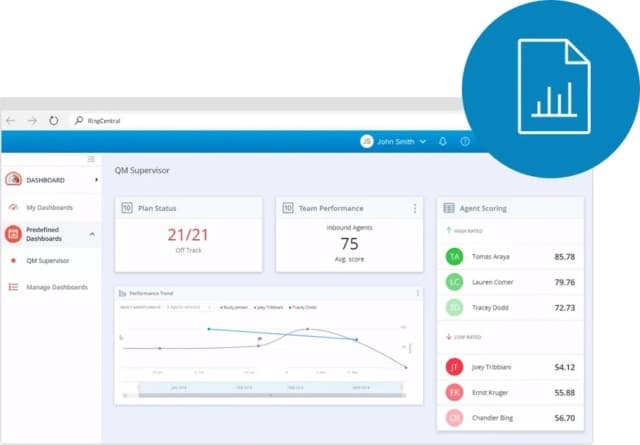Contact centre analytics are fuelling the contact centres of the future. And today we’re here to find out exactly why that is.
The modern contact centre is a busy and complex place. As customer service expectations soar, there are more and more touchpoints to manage in our centres. But don’t fret. Contact centre analytics are coming to the rescue and transforming the modern contact centre with accurate, automated data collection and actionable insights that drive real results.
We’ll be showing you how to use analytics to improve your contact centre performance and brushing up on the following essential contact centre analytics topics, including…
- What are contact centre analytics?
- How do contact centre analytics work?
- Types of contact centre analytics
- 4 Use cases of contact centre analytics
- What analytics-driven contact centres get right
- Start analysing contact centre metrics with RingCentral solutions
- How we can help you today
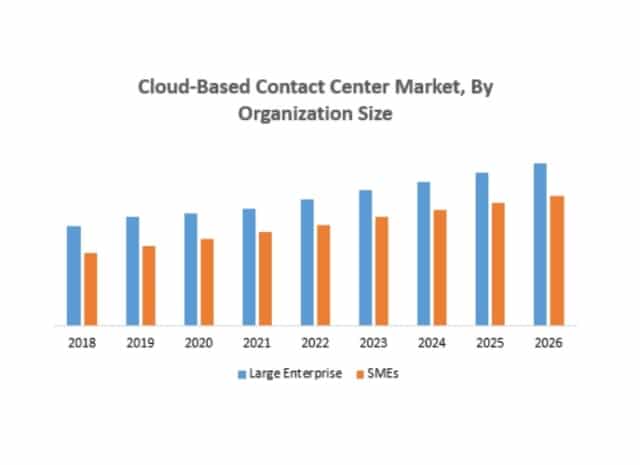
What are Contact Centre Analytics?
Contact centre analytics are data-based statistics that show you how your contact centre is performing. Contact centre analytics technologies assess a wide pool of omnichannel data and touchpoints in order to quantify results, identify key trends, and locate the root causes of any system inefficiencies that might be holding you back.
Contact centre analytics provide a data-led, 360-degree, multi-platform aspect over both your contact or call centre operations and your customer journey. Because of this, organisations can ensure that they’re consistently maintaining the highest standards and outputs when it comes to customer service, efficiency, and quality performance.
How Do Contact Centre Analytics Work?
So how does all this data crunching actually work?
Well, that’s the best bit!
The entire process is 100% automated. Contact centre analytics tools typically come as part of a contact centre software solution (that could be cloud-based or on-premises depending on your business’ required set up). These systems use artificial intelligence and machine learning technology to cross-reference tons of metrics and KPIs from across your contact centre touchpoints.
Metrics like…
- Customer satisfaction scores
- Call response times
- Speech analytics data
- Average call abandonment rates
- Percentage of phone calls blocked
- Average time in queue
- Service level
- Average handle time
- Occupancy rates
- First call resolution (FCR)
Call centre analytics programmes then combine these metrics with unstructured data (aka interaction analytics). In other words, information gathered from customer interactions (eg., calls, emails, chat exchanges), to produces usable, standardised data and targeted insights that help businesses consistently improve their long-term outputs.
Types of Contact Centre Analytics
With so many metrics to cross-reference, needless to say, there are a few different types of contact centre analytics methods that go into running a successful operation. Let’s run through each of these processes in some more detail.
Speech Analytics
If you’re using modern contact centre software like RingCentral, then chances are you’re mobilising a call recording feature as part of it. But what are you doing with all of that information? Remember, what your customers say is data. But this qualitative data can be tricky to turn into actionable insights.
That’s what speech analytics is all about. Speech analytics technology analyses speech-based data for emotional cues, agent performance indicators, and customer experience. This is a great way to identify if your customers are happy with the service being offered and to do something about it!
Text Analytics
Now, take that same concept and apply it to all those emails and live-chat dialogues. That’s text analytics. Email and social media are important components in the customer support mix.
These text-heavy communication platforms are rife with data. Real-time text analytics tools will scan all text-based messaging across your platforms and pick out key insights reflecting your customers’ level of satisfaction.
Desktop Analytics
When it comes to optimising your in-house operations, desktop analytics are where it’s at!
Desktop analytics monitor computer dashboards. In a contact centre setting that means a 360-degree assessment of your agent’s call handling, efficiency, and security. Desktop analytics tools help ensure that call centre software (and the agents using said software day-to-day) are all running optimally.
Predictive and Prescriptive Analytics
As their names suggest, predictive and prescriptive analytics work in tandem to predict and prescribe customer needs. Predictive analytics takes historical data and predicts customer behaviours and outcomes from it.
Prescriptive analytics takes these results further and generates actionable suggestions for changes and improvements to “treat” anything that might be leaving customers less than satisfied.
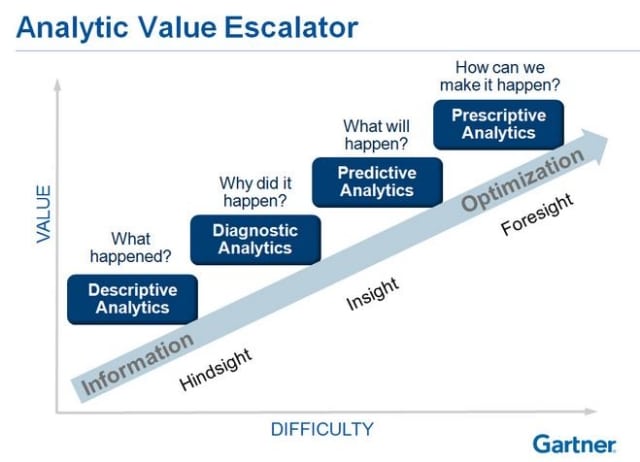
Self-Service Analytics
Self-service is an increasingly popular customer support option.
Self service portals allow customers to do things like update their bank details, track orders, and interact with chatbots, without having to reach out to a live agent. As your customers interact with these portals, a ton of data is accumulated. Self-service analytics analyses this data and derives insights from it to help organisations continually improve their service offerings.
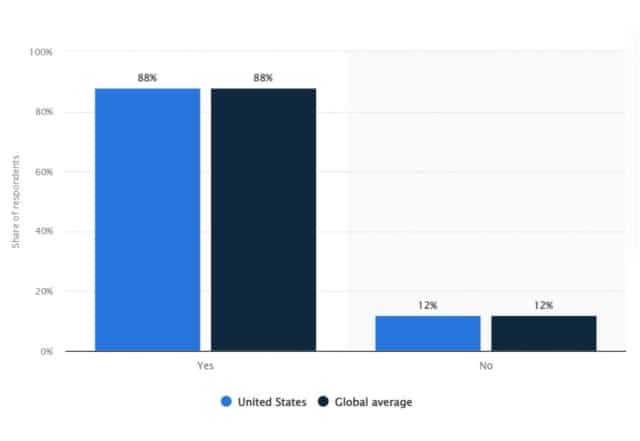
% of consumers expecting brands to offer self-service – Image Source
4 Use Cases of Contact Centre Analytics
Contact centre analytics is clever stuff that..well…does a lot of stuff. It can be easy to get bogged down in the technical details but, really, what’s most important is how you use your contact centre analytics functionality to make your contact centre better.
Below we’re going to explore four key use cases for contact centre analytics. Each of these are processes in a typical contact centre that can be improved by using analytics. If you’re making the shift to an analytics based approach and you’re not quite sure where to start, start right here.
1. Optimised Call Volumes
One of the single most valuable things you can do for your contact centre is to optimise your call volumes. Contact centre analytics tools will assess your call flows and volumes and identify any inefficiencies that could be improved upon.
For example, your software might identify that your contact centre is experiencing a lot of dropped calls or churn. Once you’re aware of this, you’ll be able to fix the problem (e.g., by implementing IVR for routing incoming customer calls to the right person, team, or department).
2. Reduced Average Handling Time (AHT)
Another prime use case for analytics is reducing handling time. The key to helping more customers in less time is to reduce the average handling time (AHT) for each call. This is where all of that qualitative customer data comes in handy.
A great way to reduce AHT is to isolate a particular call type and identify ways to streamline the process. For example, are your agent scripts too lengthy? Do they go through more steps than are really necessary? Are your agents getting to the bottom of your customers’ problems and concerns effectively? If not, perhaps it’s time for additional training.
3. Enhanced Network Resiliency
Network resiliency simply refers to your computer network’s ability to maintain effective levels of service. Without sufficient network resilience your whole operation will feel the impact.
Things like power outages and bandwidth insufficiencies start a ripple effect of problems that leave contact centres battling overwhelming call queues, increased call abandonment rates, and bombing customer satisfaction scores.
Analytics capabilities can help companies manage their service levels and prevent outages by periodically testing current service levels and forecasting recovery times and protocols.
4. Improved Sales Conversion Rates
Last, but not least, you can use call centre analytics to improve your sales conversion rates.
As well as fixing all of those technical issues and inefficiencies, make sure that you are targeting ways to boost sales. Use your customer analytics tool to identify any barriers to sale that currently exist and then eliminate them for your customers, then develop targeted sales scripts for individual products and services based on the analysed call data.
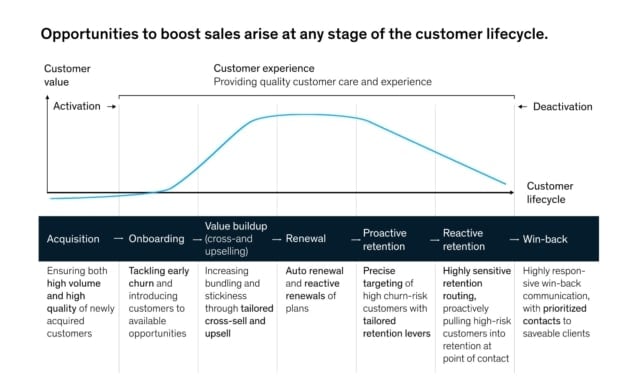
What Analytics-Driven Contact Centres Get Right
Implementing an analytics-driven approach in your contact centre should no longer be a maybe. It’s a must. But how can you make sure that your contact centre is mobilising analytics the right way? Below you’ll find some tips and strategies to help you.
Clear Vision and Strategy
Starting with a clear vision and strategy for your contact centre is a must. What do you want to achieve by implementing an analytics protocol? How will you implement these changes and what outcomes need to be achieved to constitute success? It’s time to draw up your roadmap!
Agile Organisational Development
There’s no use having the best analytics software around if your team doesn’t know how to access its full potential. Successful contact centres train their employees to use analytics software to reach individual and company-wide strategic goals.
Organised Platforms and Data Sources
You’re going to be dealing with a ton of data, so it’s time to get organised. Successful teams will first develop a solid data strategy by mobilising the most appropriate IT architecture, data sources, and software platforms (e.g., your CRM). The aim should be to make accessing customer and operational data as simple as possible—ideally from a single source.
Good Platforms for Partners
Oftentimes, businesses will outsource a portion of their data analytics requirements to external partners. To streamline this process it is advisable to use platforms and programs capable of integrating so that they’re going to be compatible both with your in-house teams and third-party onboards.
Objective Decision-Making Culture
Once you start using analytics, you’ll have a lot of data. And that’s a great opportunity. The most successful contact centres use their analytics tools to fuel a company-wide shift towards data-based decisions.
Empower your teams and replace intuition with hard data for better customer experiences, retention, and business outcomes.
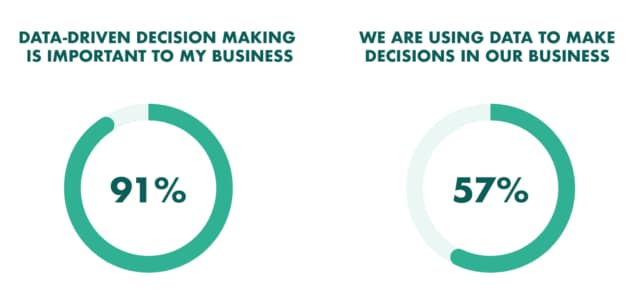
Start Analysing Contact Centre Metrics With RingCentral Solutions
Analysing your contact centre metrics no longer involves tireless, expert analysis. With RingCentral’s analytics solutions, you’ll be able to access advanced analytics tools that will monitor and strengthen your contact or call centre performance from the get-go.
Simply sign up for your chosen monthly pricing plan and you’re ready to go.
Our RingCentral Contact Centre software comes with a wide range of analytics and reporting tools, designed to generate in-depth insights that will help your team make better business decisions all-around. You’ll gain a 360-degree view over your operation and be able to access flexible reports that will help you monitor agent and system performance at a glance.
How Can We Help You Today?
Sign up to see how RingCentral can work for your business. One of our sales advisors will contact you for a fully personalised and informative demonstration. Learn about all the key features and benefits of a RingCentral cloud phone system today!
Originally published Dec 30, 2021

